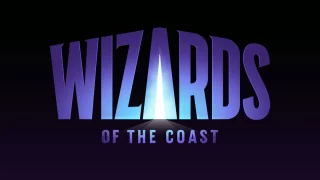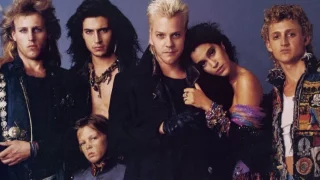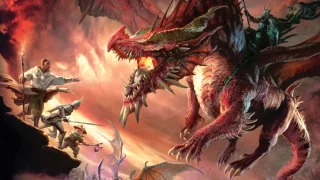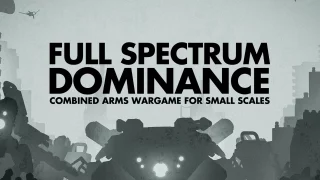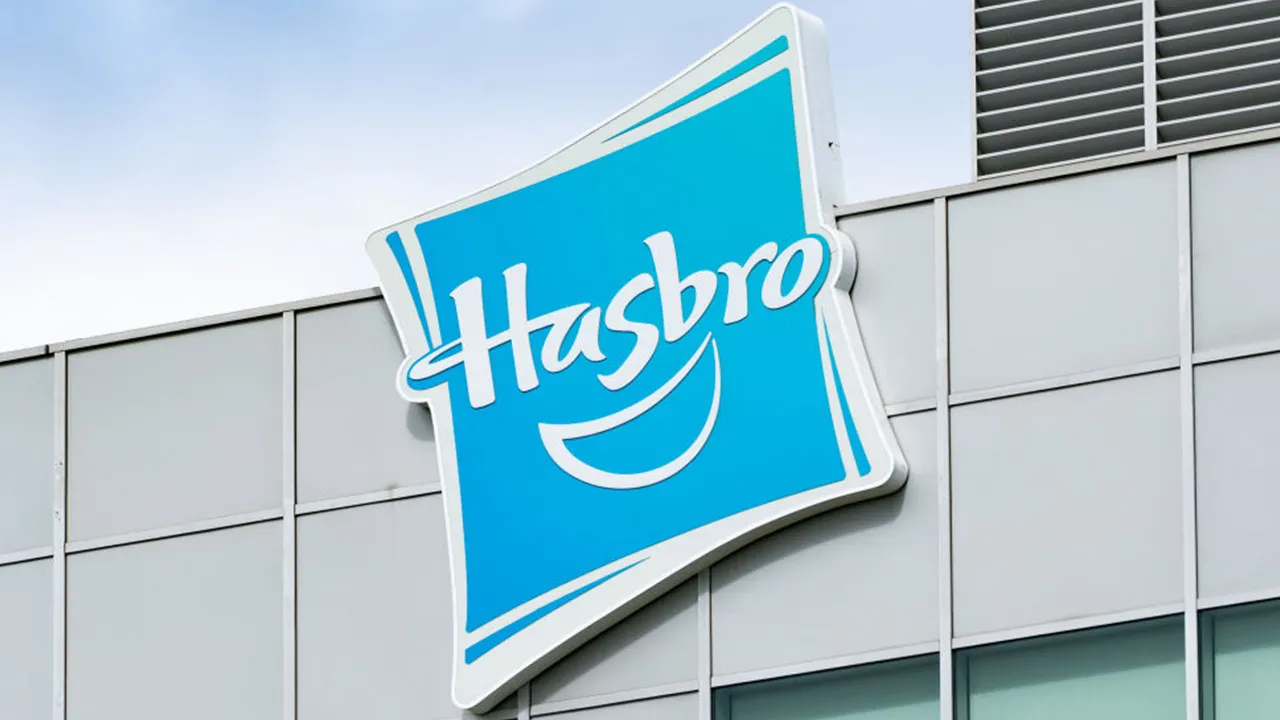
Is Hasbro a sinking ship?
Hasbro, once a titan in the toy and game market, is currently navigating rough waters. The company is experiencing major upheavals, including significant layoffs, a shift in retail trends, and a growing rift with its dedicated Dungeons & Dragons (D&D) fan base. These issues are symptomatic of deeper problems within Hasbro and the broader industry.
The recent layoff of about 1,100 Hasbro employees, a drastic 20% reduction in its workforce, is a red flag signaling the company’s difficulties in an evolving market. This move highlights the broader challenges faced by the toy and gaming industry, where changing consumer preferences and the digital revolution are having a major impact.
The way Hasbro’s products, especially the D&D line, are being sold reflects these challenges. With big retailers like Target and Walmart cutting back on Hasbro’s items, more products are ending up in discount stores like Ollie’s Bargain Outlet. This trend, suggesting overproduction and declining demand, raises questions about Hasbro’s product and marketing strategies.
For D&D, the situation is particularly worrying. Once a cherished icon in the gaming world, D&D is now mired in controversies, driving away many long-time fans. Hasbro’s efforts to monetize the franchise, including excessive production of Magic: The Gathering cards, have been poorly received. Fans view these actions as straying from the game’s original spirit of creativity, community, and adventure.
Adding to the D&D community’s dissatisfaction is Hasbro’s handling of the Open Gaming License (OGL). The company’s push to limit third-party content and monetize these creative efforts was seen as betraying the franchise’s ethos of open collaboration and community-driven content. This alienated independent creators and sparked widespread player criticism for undermining the D&D universe’s openness and accessibility.
Controversial changes to the game, including statements about mixed races and the introduction of ‘woke’ elements, have aggravated the situation. These changes, perceived as unnecessary and out of line with the game’s traditional narrative, have deepened the disconnect between Hasbro and the D&D community.
Furthermore, Hasbro’s use of Pinkerton agents against individuals who received unreleased D&D products showcased a heavy-handed approach at odds with the community-centric nature of tabletop gaming. This incident not only led to a public relations disaster but also reinforced the image of Hasbro as a corporation prioritizing control and profits over community engagement and fan loyalty.
In a larger sense, Hasbro’s challenges reflect a shifting landscape in the toy and gaming industry, where traditional manufacturers are struggling to keep up with the surge in digital entertainment and evolving consumer preferences. While Hasbro’s products for younger children remain popular, the company’s struggles in other areas, particularly with adult-oriented products like D&D, highlight the need for strategic reevaluation.
To overcome these challenges, Hasbro must find a balance between innovation and tradition, realign its product strategies with consumer expectations, and rebuild trust with its core fan base. The future of D&D under Hasbro’s leadership, and the company’s overall direction, hinges on how effectively it adapts to these issues and reestablishes itself as a key player in the ever-changing world of gaming and toys.




